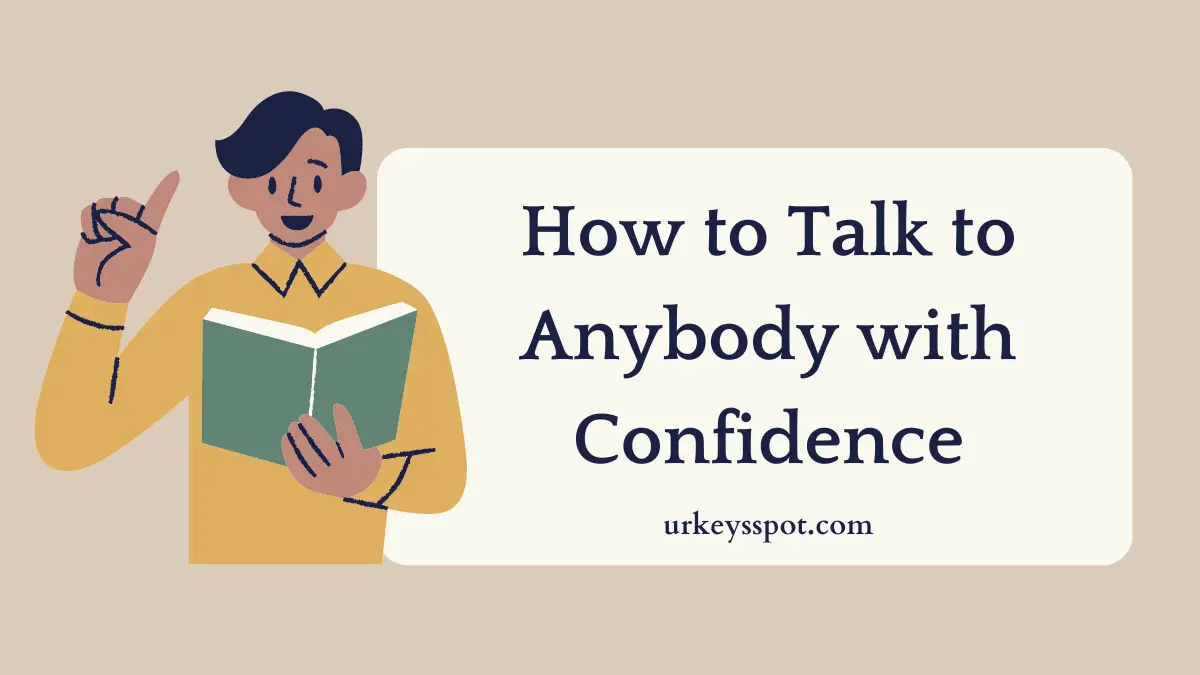In a world where communication is the backbone of social and professional interactions, the ability to converse with confidence isn’t just an asset—it’s a necessity. Whether you’re networking, dating, or simply engaging in everyday conversations, the power of confidence can transform your interactions, making them more meaningful and impactful. This article is a comprehensive guide designed to walk you through various facets of communicating with assurance. From understanding the underlying principles of confidence to mastering practical strategies for effective conversations, we’ve got you covered. Dive into the journey of becoming a confident communicator, and unlock the door to endless possibilities in both your personal and professional life.
Introduction to Confidence in Conversation
Introduction
Imagine walking into a room and feeling an unshakeable sense of assurance as you start a conversation with anyone. Sounds appealing, doesn’t it? The truth is, confidence in communication is the secret sauce to forming connections, influencing decisions, and leaving a lasting impression. But what really lies at the heart of this seemingly elusive skill?
Confidence in conversation is more than just the words you choose; it’s about how you present yourself, your ability to listen actively, and respond thoughtfully. It’s the difference between awkward silences and engaging dialogues, between being forgotten and being remembered. Whether in personal encounters or professional settings, confidence is your ally, helping you navigate the complex world of human interaction.
Understanding Confidence in Communication
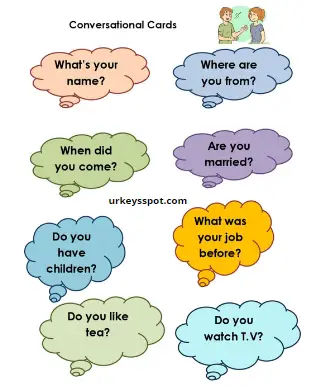
The cornerstone of confidence lies in a deep-seated belief in one’s own abilities and value. It’s the inner voice that says, “I have something worthwhile to say.” However, this doesn’t mean you won’t feel nervous or unsure at times. Confidence is not about the absence of fear but about the courage to speak up despite it.
The importance of confidence in both personal and professional life cannot be overstated. It opens doors to opportunities, fosters healthier relationships, and allows for more authentic connections. In the professional realm, it can be the key to career advancement, leadership, and successful negotiations.
But here’s the kicker: confidence is not a trait that some are simply born with while others are not. It’s a skill that can be developed over time with practice and patience. This guide is designed to provide you with practical tools and insights to help you on your journey to becoming a more confident communicator. So, let’s dive in and explore the strategies that can help you talk to anybody with confidence.
Building the Foundation of Confidence
Understanding Confidence
At the core of every engaging conversation lies confidence. But to harness its power, we first need to dive deep into its essence and the misconceptions that often surround it.
The Psychology Behind Confidence
Confidence is not just a fleeting feeling but a state of mind that influences how we perceive ourselves and interact with the world. It stems from a series of successful experiences and the positive reinforcement of our abilities and decisions. When we talk about confidence in communication, it involves believing in your ability to express your thoughts clearly and effectively, regardless of the setting or audience.
However, confidence also requires a realistic understanding of our limitations. It’s about acknowledging areas for improvement without allowing them to undermine your overall sense of self-worth. This balanced self-awareness fosters a growth mindset, where challenges are viewed as opportunities to learn and develop further.
Common Misconceptions About Confidence
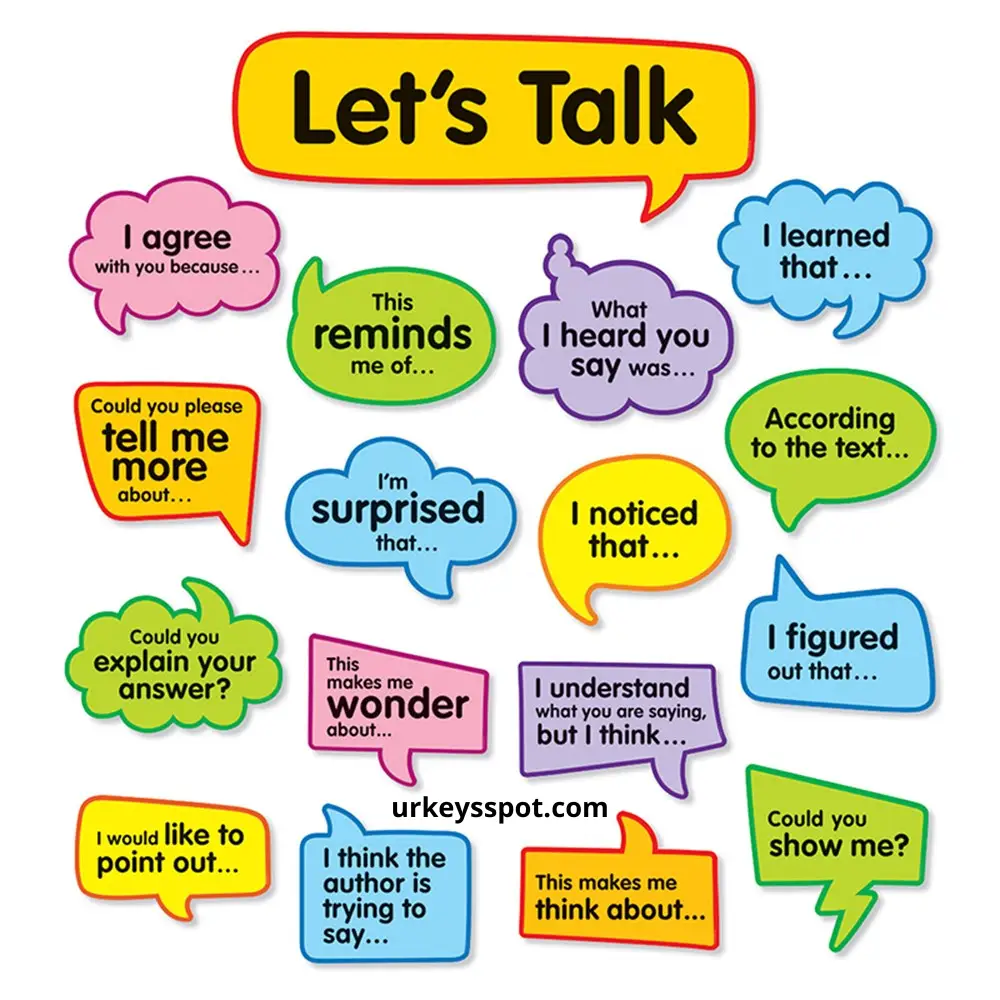
One of the biggest myths about confidence is the notion that it’s an inherent trait, something you’re either born with or without. This couldn’t be further from the truth. Confidence is a quality that can be cultivated over time through experiences, reflections, and deliberate practice.
Another misconception is the idea that confidence means never feeling nervous or unsure. In reality, even the most confident individuals experience moments of doubt. What sets them apart is their ability to push through these feelings and act despite them.
Practical Strategies for Confident Communication
Developing confidence in conversation isn’t an overnight process, but there are practical strategies you can start implementing today to set the foundation for growth.
- Embrace Your Weaknesses: Recognize and accept your imperfections. This acceptance frees you from the fear of being judged, allowing you to communicate more openly and authentically.
- Prepare: Give yourself ample time to prepare for important conversations or presentations. Familiarity with the subject matter can significantly boost your confidence.
- Practice Self-Compassion: Be kind to yourself, especially when things don’t go as planned. Instead of being your own harshest critic, offer yourself the same compassion and encouragement you’d give a friend.
- Seek Feedback: Constructive feedback is a valuable tool for improvement. Embrace it with an open mind and use it as a stepping stone to better your communication skills.
- Celebrate Small Wins: Acknowledge and celebrate your progress, no matter how small. These victories, over time, contribute to a stronger, more resilient sense of confidence.
Building the foundation of confidence is about understanding its psychological underpinnings, debunking myths, and employing practical strategies to nurture your self-assurance. By embracing this process, you’re on your way to becoming a more confident and effective communicator. Let’s continue to explore more specific techniques in the next sections to further enhance your communication confidence.
Practical Strategies for Confident Communication
Developing confidence in your communication skills involves more than understanding its psychology; it requires actionable strategies that you can incorporate into your daily interactions. Let’s dive into some practical tips that can help you speak with assurance and make every conversation count.
Body Language and Its Impact
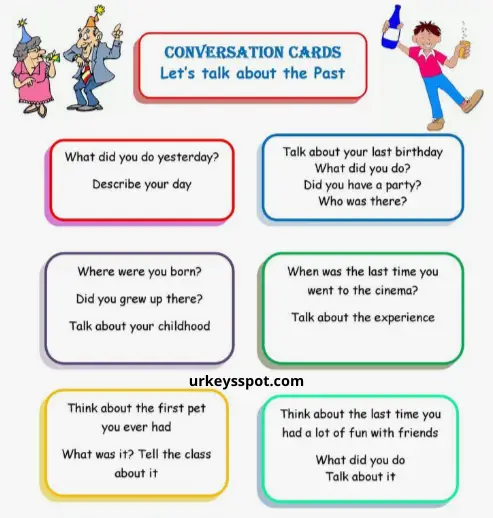
Your body speaks volumes before you even say a word. A confident stance can not only make you feel more confident but also influence how others perceive you.
- Posture: Stand tall with your shoulders back and head held high. This position not only projects confidence to those around you but also sends signals to your brain, boosting your self-esteem.
- Eye Contact: Maintaining eye contact demonstrates confidence and shows that you are engaged in the conversation. It fosters a deeper connection with your audience, whether you’re speaking to one person or a hundred.
The Art of Listening
Active listening is a crucial component of confident communication. It shows respect for the speaker and provides a foundation for meaningful responses.
- Fully Engage: Show that you’re listening through nodding and affirmative sounds. This encourages the speaker and makes the conversation more interactive.
- Reflect and Clarify: Paraphrase what the speaker has said to ensure understanding. This not only clarifies any ambiguities but also demonstrates your interest in the conversation.
Speaking Slowly and Clearly
Rushing through your words can make you seem nervous or uncertain. Slowing down your speech rate adds gravitas to your words and makes you appear more thoughtful and confident.
- Pause for Emphasis: Use pauses to give your audience time to digest your points and to give yourself a moment to gather your thoughts.
- Practice Breathing Techniques: Controlled breathing can help manage the pace of your speech. Deep breaths can also be calming, reducing feelings of anxiety or nervousness.
Using Pauses Effectively
Pauses are powerful tools in communication, allowing your message to resonate more deeply with your audience.
- Create Suspense: Strategic pauses can create suspense and emphasize important points, making your message more memorable.
- Avoid Fillers: Instead of using filler words like “um” or “like,” employ pauses. This can make your speech sound more polished and confident.
Expanding Your Vocal Range
A monotone voice can make even the most interesting topics seem dull. Varying your pitch keeps your audience engaged and conveys confidence in your message.
- Practice Vocal Exercises: Simple exercises can help you control and vary your pitch, making your speech more dynamic and interesting.
- Record and Review: Recording yourself speaking can reveal patterns you may not notice in real time. Use this feedback to improve your vocal delivery.
Gesticulation and Its Benefits
Gestures can emphasize what you’re saying, making your message clearer and more impactful.
- Natural Movements: Let your hands move freely to articulate your points. This can make your message more engaging and help convey your enthusiasm.
- Be Mindful of Your Audience: Different cultures interpret gestures in various ways. Be mindful of this, especially in international settings, to ensure your gestures enhance rather than detract from your message.
Implementing these practical strategies in your everyday conversations can significantly boost your confidence in communication. Remember, confidence is not about perfection but about expressing yourself authentically and effectively. In the next section, we’ll explore how to overcome common communication barriers, further enhancing your confidence in any conversation.
Overcoming Communication Barriers
Navigating through the maze of communication involves more than just honing your speaking skills; it’s also about overcoming the barriers that can hinder your confidence. Let’s delve into common communication fears and how to address them effectively.
Addressing Common Communication Fears
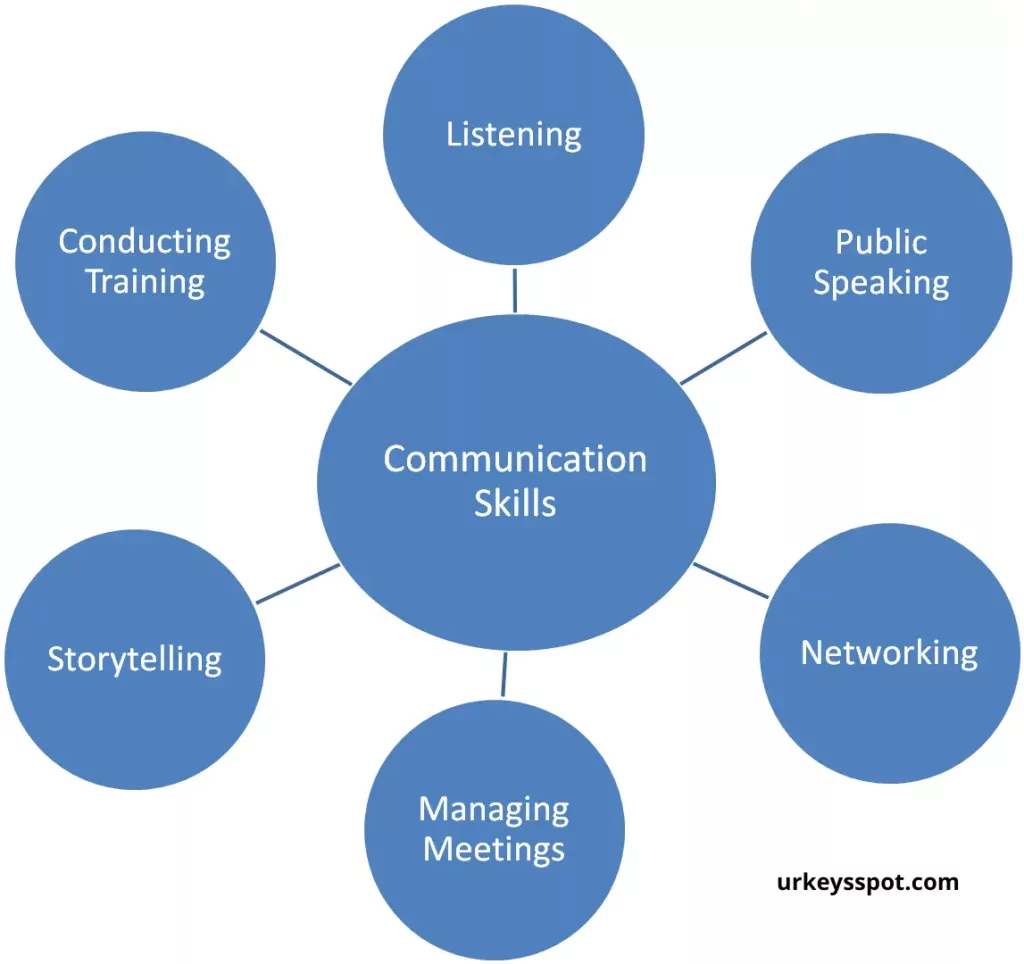
- Fear of Judgment: One of the most pervasive fears is worrying about what others will think. Overcome this by reminding yourself that everyone has insecurities. Focus on the value of your contribution rather than seeking approval. Remember, your perspective is unique and valuable.
- Dealing with Anxiety in Social Situations: Social anxiety can be a significant barrier. Tackle this by starting small. Engage in brief conversations in less intimidating settings, gradually working your way up. Preparation can also alleviate anxiety; having a few go-to topics in mind can ease the pressure of finding something to say.
- Fear of Making Mistakes: The dread of slipping up can paralyze you. However, embracing mistakes as learning opportunities can change your outlook. Everyone errs, but not everyone has the courage to continue despite setbacks. Showing vulnerability can actually make you more relatable and trustworthy.
Practical Tips for Confidence
To further build your confidence in the face of these barriers, consider these practical tips:
- Practice Positive Self-Talk: Your inner dialogue plays a crucial role. Shift from self-criticism to words of encouragement and affirmation.
- Visualize Success: Before entering a conversation, take a moment to visualize a positive outcome. This mental rehearsal can boost your confidence and reduce anxiety.
- Build a Support System: Surround yourself with people who uplift you. Their encouragement can fortify your confidence, especially when you’re doubting yourself.
- Take Care of Your Physical Health: Regular exercise, a healthy diet, and adequate sleep can improve your mental well-being, thereby enhancing your confidence.
- Seek Professional Help If Needed: If anxiety or fear severely impacts your life, consider seeking the help of a therapist. They can offer strategies and support tailored to your needs.
Overcoming communication barriers is a journey, not a destination. It involves continuous effort and self-compassion. Remember, confidence is built one step at a time, and each step forward is a victory worth celebrating.
As we progress, we’ll explore advanced techniques to not only engage confidently in conversations but to master the art of dialogue in any scenario. Stay tuned for insights on navigating even the most challenging interactions with ease.
Advanced Techniques for Confident Conversations
Elevating your communication skills involves mastering the nuances that turn good conversations into great ones. Here, we’ll explore advanced techniques that can help you navigate any conversation with confidence and ease.
Mastering the Art of Small Talk
Small talk serves as the gateway to deeper connections. To excel in it:
- Be Genuinely Curious: Show interest in the other person’s experiences and opinions. Ask open-ended questions that invite more than a yes or no response.
- Share Relatable Stories: Sharing small, personal anecdotes can make you more approachable and relatable, fostering a sense of connection.
- Stay Informed: Being up-to-date with current events or popular culture can provide a wealth of topics for conversation. However, be mindful of the other person’s interests and steer clear of controversial topics unless you’re sure they’re open to discussing them.
Handling Difficult Conversations with Ease
Difficult conversations are inevitable, but handling them with grace can strengthen your relationships.
- Stay Calm and Composed: Maintaining your composure sets the tone for the conversation. Take deep breaths if you feel your emotions rising.
- Listen Actively: Before responding, ensure you fully understand the other person’s perspective. This demonstrates respect and willingness to find common ground.
- Express Empathy: Acknowledging the other person’s feelings can defuse tension and open the door to constructive dialogue.
- Use “I” Statements: Frame your thoughts and feelings from your perspective to avoid sounding accusatory. This can prevent the other person from becoming defensive.
- Seek Solutions: Focus on finding mutually beneficial solutions rather than dwelling on the problem. Be open to compromise where necessary.
Elevating Your Conversational Skills
To truly stand out as a confident communicator, continuously refine your skills.
- Reflect on Your Conversations: After significant interactions, take a moment to reflect on what went well and areas for improvement. This self-reflection can be incredibly insightful.
- Embrace Lifelong Learning: Confidence in conversation is a skill that benefits from perpetual honing. Attend workshops, read books, and seek mentorship to expand your capabilities.
- Practice, Practice, Practice: Like any skill, the more you practice, the more proficient you become. Seize every opportunity to engage in conversations, both in your personal and professional life.
Advanced techniques in conversation not only enhance your confidence but also enrich your interactions, making them more meaningful and rewarding. As you continue to apply these strategies, you’ll find that what once seemed daunting becomes second nature.
Stay tuned for our next section, where we’ll explore the role of practice and persistence in cementing your confidence in communication.
Practice and Persistence
The journey toward becoming a confident communicator is ongoing, marked by continuous learning, practice, and, most importantly, persistence. Here we’ll explore how dedication to refining your communication skills can lead to lasting confidence and success in conversations.
The Role of Practice in Building Confidence
Practice is the bedrock of skill development, and communication is no exception. Every conversation you engage in is an opportunity to practice and improve. Here are ways to make the most of these opportunities:
- Diversify Your Conversations: Seek out discussions with a wide range of individuals. Each person you interact with can offer unique perspectives and challenges, enriching your communication skills.
- Set Specific Goals: Focus on specific aspects of your communication to improve, such as maintaining eye contact, using gestures, or improving your listening skills. Concentrating on one area at a time can make practice more manageable and effective.
- Reflect and Adjust: After conversations, especially significant ones, take time to reflect on what went well and what could be improved. Use these insights to adjust your approach in future interactions.
Persistence Through Challenges
Developing confidence in your communication abilities will undoubtedly come with its share of challenges and setbacks. Persistence is key to overcoming these hurdles:
- Embrace Discomfort: Stepping out of your comfort zone is essential for growth. Embrace the discomfort that comes with trying new communication styles or techniques.
- Learn from Mistakes: View mistakes not as failures but as learning opportunities. Each misstep is a chance to refine your approach and strengthen your skills.
- Stay Motivated: Keep your long-term goals in mind. Remind yourself why improving your communication skills is important to you, whether it’s for personal development, career advancement, or better relationships.
Celebrating Progress
Recognizing and celebrating your progress is crucial. Acknowledge the milestones, no matter how small, and use them as motivation to continue your journey. Celebrating progress reinforces the positive changes you’re making and boosts your confidence.
- Share Your Successes: Discuss your improvements with a friend, mentor, or coach who can provide encouragement and feedback.
- Keep a Journal: Document your communication victories and challenges. This can be a powerful tool for seeing how far you’ve come and identifying areas for future focus.
FAQs
How can I be confident to talk to people?
Building confidence in talking to people involves practice and self-awareness. Start by acknowledging your strengths and areas for improvement. Engage in small talk with strangers or acquaintances to build your comfort level. Preparation can also boost your confidence; knowing a bit about the topic of conversation or having a few go-to topics can help. Additionally, adopting a positive mindset and visualizing successful interactions can significantly impact your confidence levels.
How do you communicate with confidence?
Communicating with confidence is a skill that can be developed through several strategies:
- Practice active listening: Show genuine interest in what others are saying to create a reciprocal and engaging dialogue.
- Maintain good posture and eye contact: These non-verbal cues signal confidence to your audience and can help you feel more assertive.
- Speak clearly and at a moderate pace: Ensure your message is understood by articulating your words and not rushing through your sentences.
- Prepare in advance: Knowing your subject matter well can boost your confidence, allowing for a more fluid conversation.
- Embrace pauses: Using pauses effectively can give you time to think and can also emphasize your points, making your communication more impactful.
How do you start a confident conversation?
Starting a confident conversation can be as simple as following these steps:
- Open with a smile: A friendly expression can make both you and the other person feel more at ease.
- Use open-ended questions: These encourage longer responses and can lead to more engaging discussions.
- Comment on a shared experience or environment: This can be a great icebreaker that naturally leads into further conversation.
- Introduce yourself: If it’s a new acquaintance, offering your name can make the interaction more personal and open.
- Be curious: Genuine interest in the other person’s thoughts and feelings can drive the conversation forward in a meaningful way.
Why am I not confident talking to people?
A lack of confidence in talking to people can stem from various factors, including past experiences, fear of judgment or rejection, and not feeling well-prepared. It might also be due to limited practice in social settings, leading to discomfort in initiating or maintaining conversations. To overcome this, it’s helpful to reflect on the underlying reasons for your feelings and to challenge yourself gradually with supportive practices and mindset changes. Engaging in social skills training or seeking feedback from trusted individuals can also provide valuable insights and encouragement.
Conclusion
In conclusion, the path to becoming a confident communicator is paved with practice and persistence. By embracing every conversation as an opportunity to learn, facing challenges with resilience, and celebrating your progress, you’ll find that your confidence in communication grows stronger with each passing day. Remember, the most proficient communicators are not those who never falter but those who never give up on their quest for improvement.

